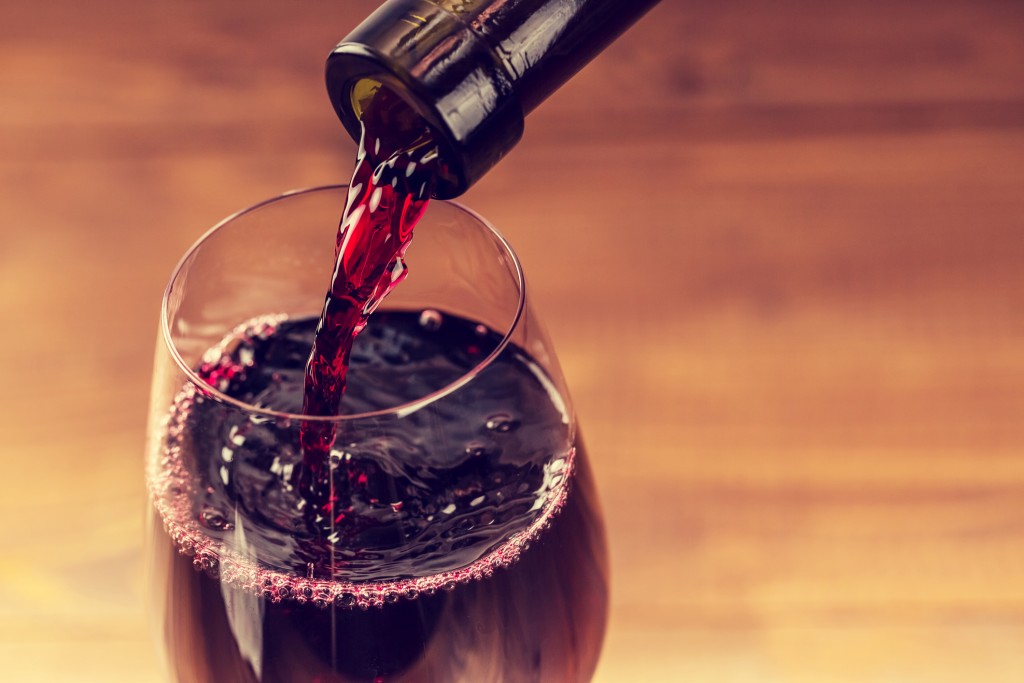I must admit, that for many of us, walking into a store to buy a bottle of Portuguese white wine can be a little like visiting a foreign country and not knowing the language. If you’re buying wine for yourself that’s probably not a big deal, although it might be nice to be somewhat knowledgeable so that you’re more likely to buy something you will enjoy. However, if you are buying a bottle of wine as a gift, then being able to interpret information on the label becomes a bit more important. But, first things, first.
Your first consideration should probably be where you will be shopping. If you live in a state where alcohol sales are controlled or restricted, your options may be limited. I happen to live in Pennsylvania where consumers are only permitted to purchase packaged wine and alcohol from state-operated Wine and Spirits Stores or a privately owned Pennsylvania Winery. You may, of course, travel out of state to purchase a limited amount of alcoholic beverages, but these purchases are subject to an 18% state tax. (However, I can’t say that I know anyone who has traveled out of state to buy wine and actually fessed-up, claimed their booty, and paid that outrageous tax.) To find the best selection of wine in a state where alcohol sales are controlled, check on the internet for information and locations of any retail outlets. For example, PA has premium wine stores and you can get a listing of their locations by checking out the PA Liquor Control Board web site.
If you live in a state with more liberal alcoholic beverage laws, you probably have more options available for buying wine: Large retail chains like Wal-Mart and Target, large drug store chains, supermarkets, independently owned liquor stores, specialty wine shops and wine warehouses. You can buy excellent wines at all these venues, but the independently owned stores have the potential to vary in the quality and quantity of their inventory. One of the best avenues for selection and price is a wine warehouse and if you’re really lucky, you live in a state where you can order wines online from a wine distributor.
Not all wine shops are created equal so there are some issues you should be concerned with when choosing where to purchase wine. One consideration is how the wine is stored. Exposure to excessive heat, wide temperature fluctuations, and bright spotlights may cause deterioration, so take note of any wine that may be stored next to radiators or heating vents. You should also observe the general aesthetics of the store. Are things well-organized, and neat or is the merchandise dusty and in disarray? A sign of a quality wine shop is when a store carries more than one vintage of a particular wine. This would indicate the shop owner is interested in the depth of their offerings as well as the breadth.
Every retail store has organization and a wine store is no exception. Even though all those bottles may look deceptively similar, a closer look will probably reveal some system of how the wine is displayed. They may be broken out in such wide categories as the type of wine i.e. red, white, or sparkling. They may also be categorized by region: Napa Valley, Sonoma, Loire, Finger Lakes, Italian, South African, etc. or by varietals: Chardonnay, Riesling, Cabernet Franc, Merlot, Zinfandel, Chenin Blanc, etc. Getting an idea of the layout of the store will at least help you find a particular section you may be interested in.
There are laws that mandate what information must be included on a wine label. These laws vary from country to country and are based on where the wine is marketed rather than where it is produced. Much to the dismay of the producer, this may mean that one wine will have several different labels. After the label is designed it must be approved by various governmental agencies.
Most wines bottles will have two labels affixed to it. In addition to these labels providing the legally mandated information, they are intended to help market the product. The front label is designed to attract the consumer’s attention by the use of marketing tactics such as logos, interesting graphics, color and lettering. The back label will often try to entice your senses. A Pinot Noir that I have in my inventory but have not yet tried states “…Rich in texture with a lingering finish and versatile enough to compliment just about any cuisine.” It caught my attention! These optional endorsements are not governed by law.
